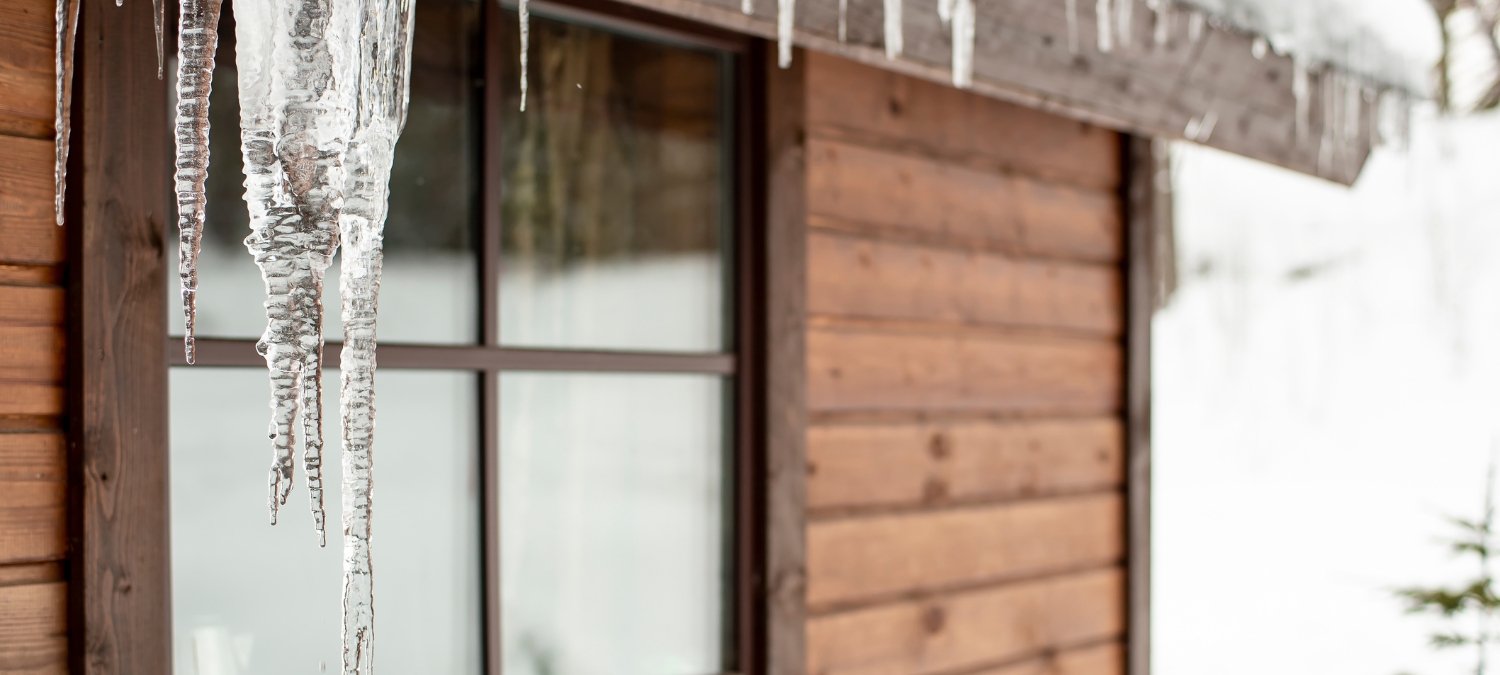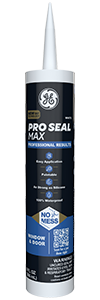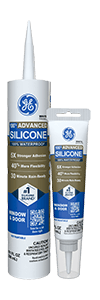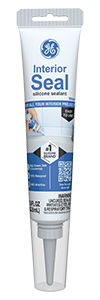Note: This DIY article is provided as a general guide only and is not intended to take the place of product-specific installation procedures; always follow applicable manufacturers’ instructions. Depending on your home’s age and condition, location within the home, and other potential factors, repairs and/or upgrades or other services may be necessary prior to the beginning and/or completion of your project that may involve the services of a home improvement professional. This article does not include advice pertaining to local building codes and/or any related inspections.
Cold, wet weather is one of the toughest tests for any sealant, and not all products are built to handle it. Many common sealants often crack, shrink, or wash out when exposed to freezing temperatures and heavy moisture. Choosing a high-performance, waterproof silicone-based sealant like GE Pro Seal Max Window & Door ensures your home stays protected, energy efficient, and comfortable through the harshest conditions.
If sealants are exposed to rain or snow before setting, they can wash out or weaken. These failures lead to recurring air leaks, water intrusion, and even structural damage over time. Once water enters cracks during freezing conditions, it can expand and worsen the gaps.
Why some sealants fail in winter conditions
Many standard sealants are not designed to handle the challenges of winter weather. When temperatures drop, some products lose flexibility, causing them to harden and crack under pressure. Others may shrink or pull away from surfaces, creating gaps that let in drafts and moisture.
Damp, cold conditions can also slow curing, which prevents sealants from forming a proper bond. If the bead is exposed to rain or snow before it sets, it can wash out or weaken. These failures lead to recurring air leaks, water intrusion, and even structural damage over time. Once water enters cracks during freezing conditions, it can expand and worsen the gaps.
This is why homeowners often find themselves resealing the same areas year after year. Choosing a high-performance, cold-weather sealant is the key to avoiding these problems and ensuring your home stays protected through the season.
What makes a sealant cold-weather ready
A truly cold-weather-ready sealant is engineered to handle both low temperatures and constant exposure to moisture without diminished performance. Flexibility is one of the most important qualities, since the sealant material needs to expand and contract as temperatures shift between freezing nights and warmer days.
To ensure secure bonds, even when surfaces contract in the cold, waterproof sealants require strong adhesion across a variety of materials, such as:
- Wood
- Vinyl
- Aluminum
- Masonry features
Moisture resistance is equally important because winter often brings rain, snow, and ice that can weaken ordinary sealants. A high-quality cold-weather sealant should also resist mold and mildew, which thrive in damp environments.
Choosing the right cold-weather sealant for different applications
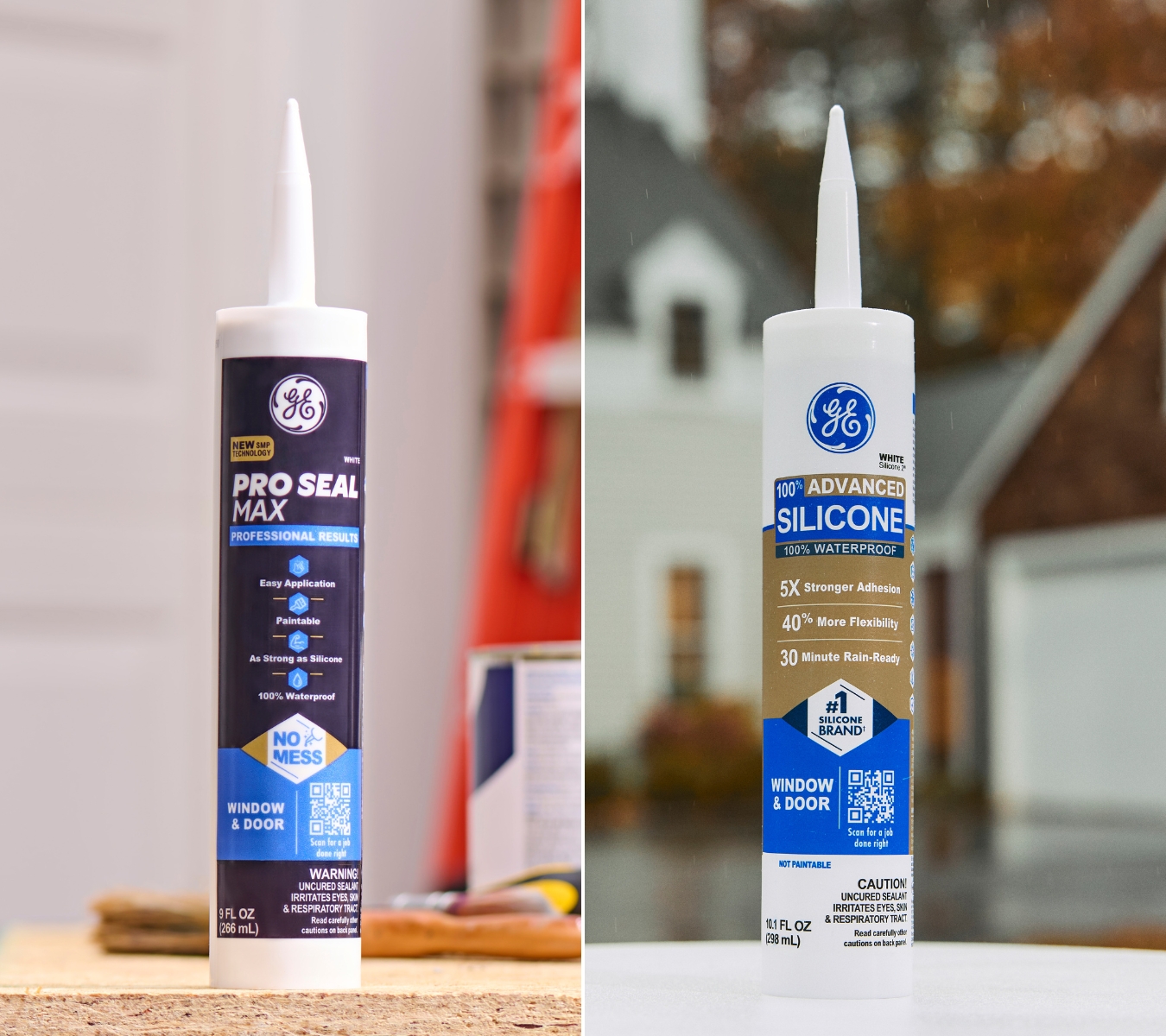
Not every project requires the same type of sealant, which is why selecting the right product for the job makes all the difference.
For exterior sealing around windows, doors, and siding, GE Pro Seal Max Window & Door is your best option. Its strong adhesion and flexibility help it withstand temperature swings, rain, and snow without cracking, and it is rain-ready in as little as 30 minutes, which can be helpful in unpredictable fall and winter weather. Once cured, it creates a durable, waterproof barrier resistant to mold, mildew, and UV rays.
For the interior side of cold-weather sealing projects, GE Advanced Silicone Window & Door Sealant is a perfect complement. It offers the same dependable adhesion and flexibility but comes in six different shades to blend seamlessly with various interior trims. By pairing Pro Seal Max on the outside with Advanced Silicone on the inside, homeowners can create a complete weatherproofing system. Together, these sealants will block drafts, reduce energy costs, and protect against moisture damage, giving your home the insulation and durability it needs to withstand cold, wet weather throughout the season.
For high-moisture interior spaces like bathrooms and kitchens, consider GE Interior Seal for unmatched mold and mildew resistance. By matching the sealant to the specific environment, you avoid premature failures and ensure a longer-lasting result.
Prep work makes all the difference
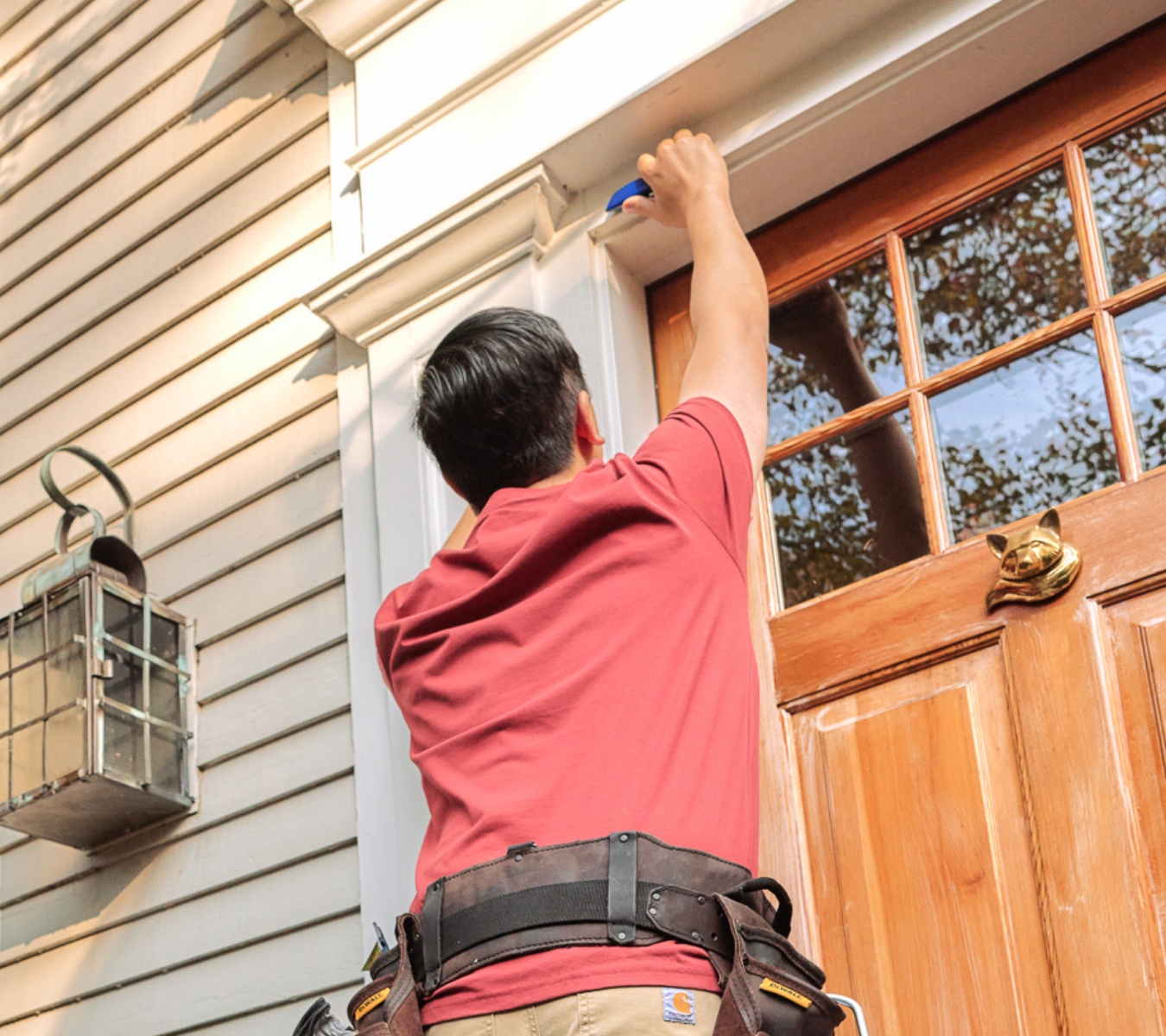
Once the old sealant is gone, clean the area thoroughly to remove dirt, dust, and moisture. A dry, debris-free surface gives the new bead the best chance to bond correctly. Before applying, check the weather forecast and choose a dry day with temperatures above 40°F to prevent premature washout. Once applied, you can use the GE’s Sealant Smoothing Tool to shape the bead for a neat finish and strong seal.
Routine Maintenance
Even the best sealants require occasional upkeep to maintain peak performance. Inspect sealed areas at least once a year, ideally in fall or spring, to catch early signs of cracking, separation, or discoloration. If you notice any issues, remove the damaged bead with your Sealant Remover Tool and reapply fresh sealant for continued protection. Regular maintenance helps prevent small gaps from turning into costly repairs.
To get GE Sealants’ products for your home improvement project, visit these fine retailers in the U.S. or Canada.

